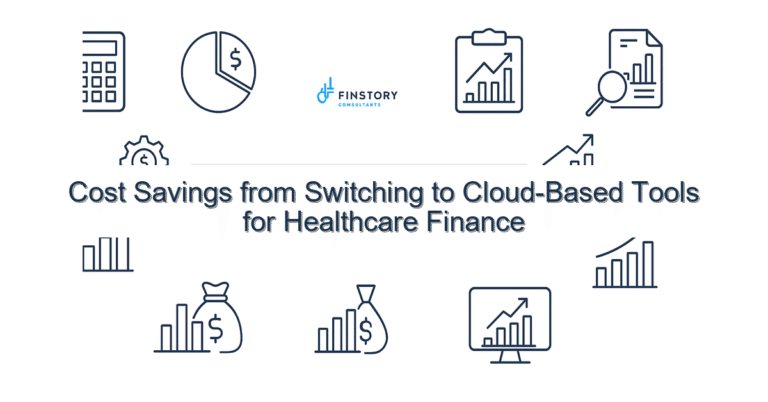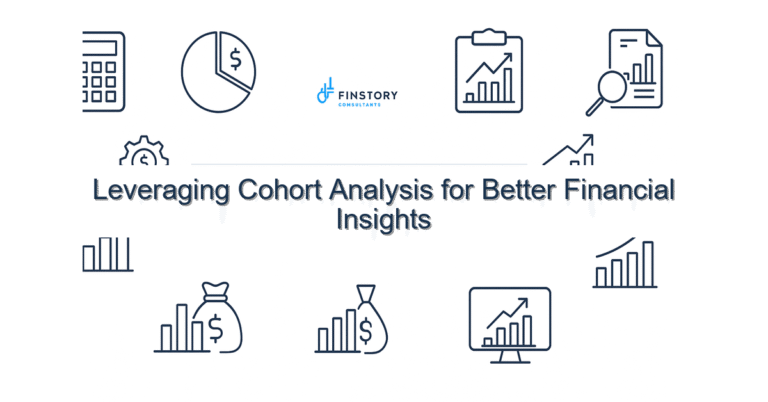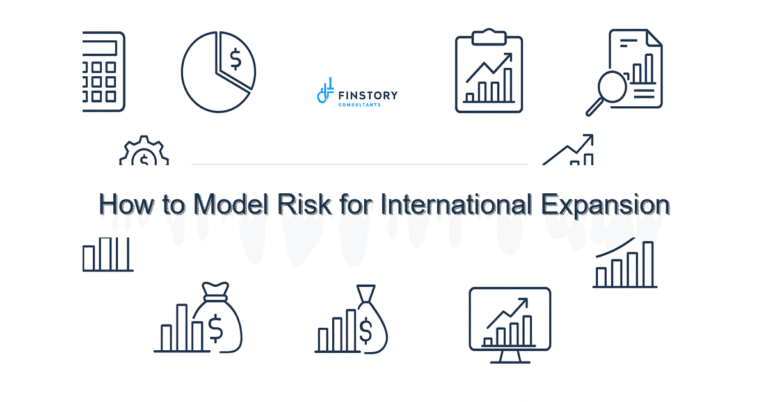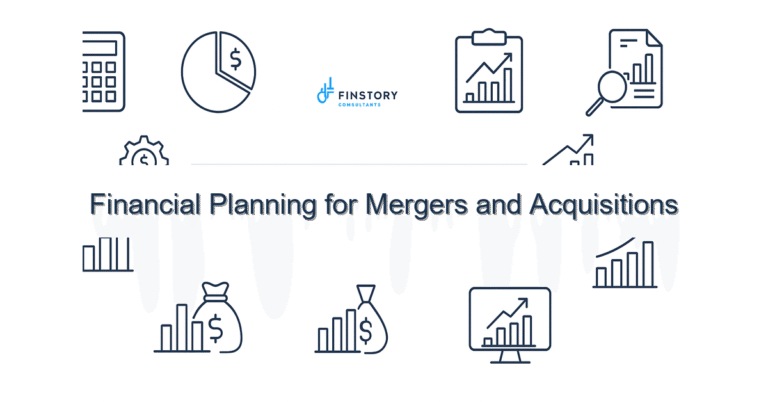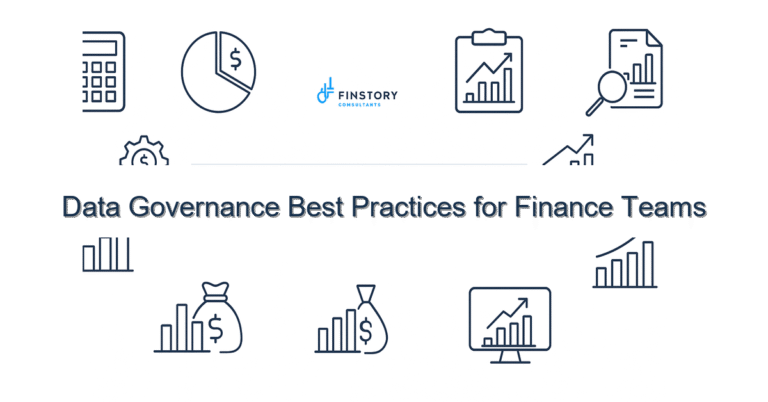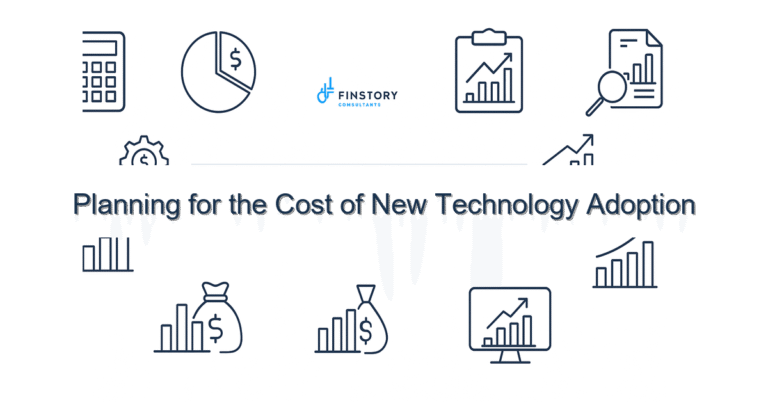Tips for Managing Cash Flow in a Project-Based Business
You’re excited. You just landed a big new project—a six-figure contract that’s going to put your business on the map.
But fast forward a few months, and you’re staring at your bank balance, wondering how to pay your team or cover your rent.
Sound familiar?
If you run a project-based business—like a creative agency, construction firm, consultancy, or software development shop—you’ve probably felt this cash flow roller coaster. Even profitable businesses can hit cash crunches if they don’t plan for the timing of payments and expenses.
Let’s look at why cash flow is so tricky in project-based work, and some practical steps to keep your cash healthy.
Why Project-Based Businesses Struggle with Cash Flow
Project work usually means big bursts of revenue…followed by quiet periods. And that creates cash gaps. Here’s why:
- Upfront costs: You might need to hire subcontractors, buy materials, or invest hours of work before seeing a dime.
- Milestone payments: Clients often pay in phases, leaving you waiting between milestones.
- Delayed approvals: A client dragging their feet on sign-offs can delay your invoices—and your cash.
- Scope creep: Extra work outside the original agreement eats up time and money, often before you can negotiate more fees.
Example: The Web Agency Cash Crunch
Consider Jake, who runs a small web design agency.
Jake lands a $100,000 project to build a custom website. His client agrees to:
- 30% upfront ($30,000)
- 40% upon design approval ($40,000)
- 30% on final delivery ($30,000)
Jake’s thrilled—on paper, it’s a profitable job. But here’s what happens:
- He hires freelance developers at $20,000/month.
- The client takes two months to approve designs, delaying the second payment.
- Meanwhile, Jake still has payroll, rent, and software costs to pay.
By month three, Jake’s low on cash—even though the project itself is profitable.
Practical Tips for Managing Cash Flow
The good news? You don’t have to live in panic mode. Here are some ways to smooth out the cash bumps in project-based businesses:
1. Negotiate Better Payment Terms
Don’t be afraid to ask for terms that protect your cash flow. For instance:
- Higher upfront deposits (e.g. 50% instead of 30%)
- Smaller, more frequent milestone payments
- Faster payment terms (e.g. Net 15 instead of Net 30)
Most clients understand that you have costs to cover. It’s better to negotiate before signing the contract than to chase money later.
2. Create a Rolling Cash Flow Forecast
Map out your cash inflows and outflows at least three months ahead. Include:
- When invoices will be sent
- Expected payment dates
- Ongoing costs like salaries, rent, and tools
A forecast helps you spot cash gaps early, so you can plan or negotiate changes before it’s too late.
3. Set Aside a Cash Buffer
In project work, delays are inevitable. Having 1-2 months of operating expenses in reserve gives you breathing room when clients pay late or projects stall.
4. Track Project Profitability Closely
Know how much each project truly costs—including time, materials, and overhead.
For example, one client might look profitable but soak up way more hours than you budgeted. Tracking time and expenses per project can help you adjust pricing and avoid undercharging.
5. Avoid Scope Creep Without Compensation
Scope creep is a silent cash killer. Always document changes to the project and discuss pricing adjustments upfront. A simple change order process can save your cash flow—and your sanity.
Another Example: The Construction Firm
Anna runs a construction firm specializing in residential remodels. Her biggest cash struggles:
- Paying subcontractors weekly
- Waiting 60 days for homeowner loan disbursements
- Covering material costs upfront
Anna worked with a Virtual CFO who helped her:
- Negotiate progress payments every two weeks
- Set up a line of credit for material purchases
- Build a cash flow forecast for the entire construction season
Now she has far fewer sleepless nights worrying about cash running dry.
How a Virtual CFO Can Help
This is where a Virtual CFO adds serious value for project-based businesses. A VCFO can help you:
- Build cash flow models for your project pipeline
- Negotiate smarter contracts and payment terms
- Plan for gaps between projects
- Analyze profitability per project to fine-tune pricing
Instead of reacting to cash problems, you’re proactively managing them.
Don’t Let Cash Flow Kill Your Momentum
Project-based businesses have huge potential—but only if your cash flow keeps up with your growth.
A few smart steps now can mean the difference between thriving and simply surviving.
Curious how your projects are affecting your cash flow? Or tired of financial surprises? Let’s chat. It might be the best investment you make this year.

